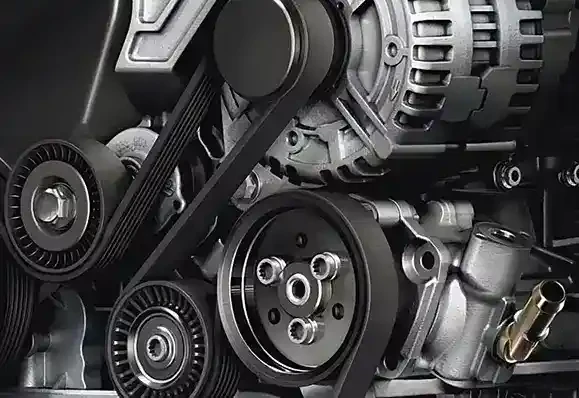- Arabic
- French
- Russian
- Spanish
- Portuguese
- Turkish
- Armenian
- English
- Albanian
- Amharic
- Azerbaijani
- Basque
- Belarusian
- Bengali
- Bosnian
- Bulgarian
- Catalan
- Cebuano
- Corsican
- Croatian
- Czech
- Danish
- Dutch
- Afrikaans
- Esperanto
- Estonian
- Finnish
- Frisian
- Galician
- Georgian
- German
- Greek
- Gujarati
- Haitian Creole
- hausa
- hawaiian
- Hebrew
- Hindi
- Miao
- Hungarian
- Icelandic
- igbo
- Indonesian
- irish
- Italian
- Japanese
- Javanese
- Kannada
- kazakh
- Khmer
- Rwandese
- Korean
- Kurdish
- Kyrgyz
- Lao
- Latin
- Latvian
- Lithuanian
- Luxembourgish
- Macedonian
- Malgashi
- Malay
- Malayalam
- Maltese
- Maori
- Marathi
- Mongolian
- Myanmar
- Nepali
- Norwegian
- Norwegian
- Occitan
- Pashto
- Persian
- Polish
- Punjabi
- Romanian
- Samoan
- Scottish Gaelic
- Serbian
- Sesotho
- Shona
- Sindhi
- Sinhala
- Slovak
- Slovenian
- Somali
- Sundanese
- Swahili
- Swedish
- Tagalog
- Tajik
- Tamil
- Tatar
- Telugu
- Thai
- Turkmen
- Ukrainian
- Urdu
- Uighur
- Uzbek
- Vietnamese
- Welsh
- Bantu
- Yiddish
- Yoruba
- Zulu
Oct . 07, 2024 16:05 Back to list
car belt replacement
The Importance of Car Belt Replacement
When it comes to vehicle maintenance, many car owners often overlook the significance of regular car belt inspections and replacements. However, these components are crucial for the smooth operation of your vehicle. In particular, the serpentine belt, timing belt, and accessory belts play vital roles in the performance and longevity of your engine and other components. Understanding the importance of these belts and adhering to a replacement schedule can save you from costly repairs and ensure your vehicle remains reliable.
What are Car Belts?
Cars are equipped with several types of belts that are essential to their operation
. The most commonly recognized types include1. Serpentine Belt This single, continuous belt powers multiple accessories, such as the alternator, power steering pump, air conditioning compressor, and water pump. Its smooth operation is vital for the overall performance of these systems. 2. Timing Belt This critical belt connects the crankshaft and camshaft, ensuring that the engine's valves open and close at the proper times during the combustion cycle. A well-maintained timing belt is essential for the efficient functioning of the engine.
3. Accessory Belts These are additional belts that may be present in older models and serve specific functions, often powering components like the air conditioner and power steering separately.
Why is Belt Replacement Important?
Car belts are subject to wear and tear due to engine vibrations, heat, and environmental conditions. Over time, they can stretch, crack, or fray, which can lead to catastrophic failures if left unchecked. Here are key reasons why regular belt replacement is crucial
car belt replacement

1. Preventing Engine Damage A failing timing belt can lead to severe engine damage. If it breaks while the engine is running, it can cause the pistons to collide with the valves, resulting in costly repairs. Regularly replacing the timing belt as per the manufacturer's recommended schedule can prevent this nightmare scenario.
2. Maintaining Efficiency A worn serpentine belt can slip or become misaligned, which may affect the performance of essential accessories. For instance, if the alternator isn't working efficiently, your battery may not charge properly, leading to potential breakdowns.
3. Avoiding Unexpected Breakdowns Regular inspection and timely replacement of belts can reduce the risk of sudden breakdowns. A snapped serpentine belt can leave you stranded, unable to steer or use the air conditioning in extreme heat or cold.
4. Cost-Effective Maintenance While some may see belt replacement as an unnecessary expense, it's actually a cost-effective measure. Preventive maintenance is far cheaper than dealing with the consequences of a failed belt, which could involve towing expenses, lost time, and repair costs for damaged components.
When to Replace Car Belts
The timeline for belt replacement can vary depending on the vehicle and the manufacturer's recommendations. Generally, it is advised to inspect your serpentine and accessory belts every 30,000 miles and replace them every 60,000 to 100,000 miles, depending on their condition. The timing belt typically requires replacement every 60,000 to 100,000 miles, but it is advisable to consult your owner's manual for specific guidelines related to your vehicle.
Conclusion
In summary, car belts are an integral part of your vehicle's functionality, and neglecting them can lead to significant issues down the road. Regular inspections and timely replacements can ensure that your vehicle runs smoothly, maintain its efficiency, and prevent unexpected breakdowns. As a responsible car owner, it is essential to stay informed about your vehicle's maintenance needs and follow the recommended schedules for belt replacements. By doing so, you will not only extend the life of your vehicle but also guarantee your safety and reliability on the road. Remember a well-maintained car is a happy car!
-
Upgrade Power Steering Pump Belt for Smooth, Quiet Operation
NewsAug.27,2025
-
Precision Timing Belt & Chain: Engine Performance & Durability
NewsAug.26,2025
-
Precision Lathe Drive Belts: Durable & Reliable Performance
NewsAug.25,2025
-
84.5 Serpentine Belt: Durable & Precision Fit for Your Engine
NewsAug.24,2025
-
Premium Ribbed Drive Belts for Quiet Power Transmission
NewsAug.23,2025
-
High-Performance Vehicle Timing Belt for Engine Precision
NewsAug.22,2025

